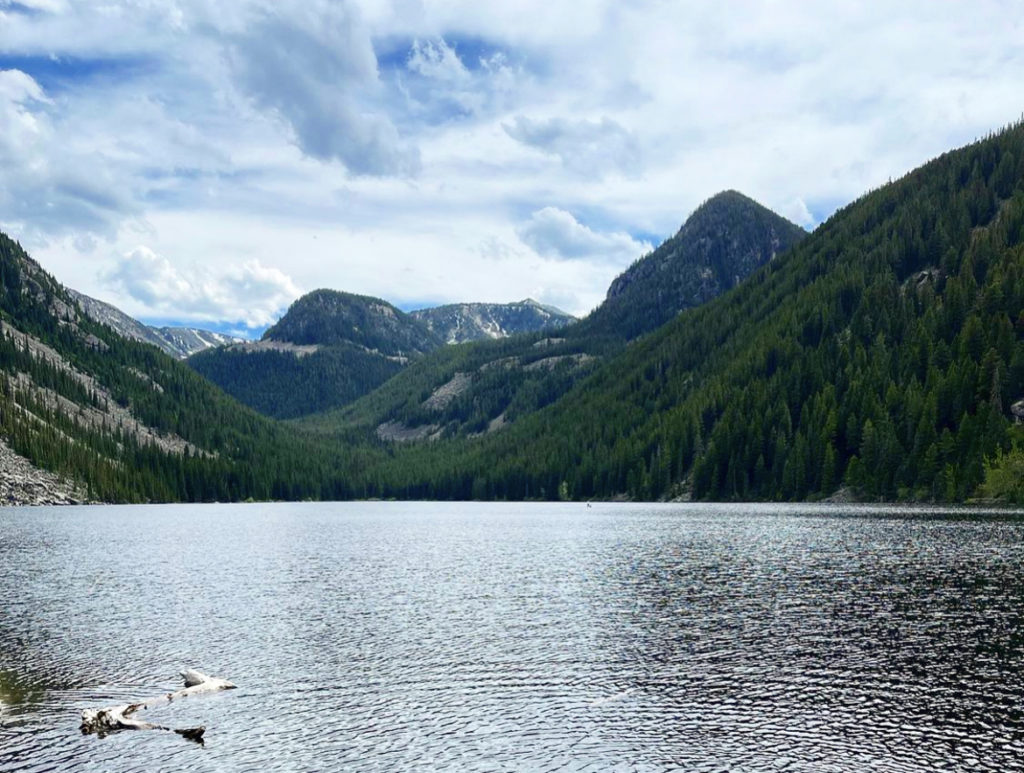
If you’re itching to hit the trails, Bozeman has a variety of outdoor recreation areas located close to town, so you don’t have to go far to experience Montana’s unreclaimed beauty. Knoff Group Real Estate has put together a list of our favorite summer trails within 30 minutes of Bozeman:
Lava Lake is a great option if you want to climb up to a gorgeous mountain lake. Located in the Lee Metcalf Wilderness area, Lava Lake is about a 30-minute drive from Bozeman situated in the Gallatin Canyon. It’s about a 6-mile trek round-trip, beginning at the Gallatin River and following Cascade Creek up to Lava Lake. The trail is on the moderate side, so come prepared with all of your hiking gear.
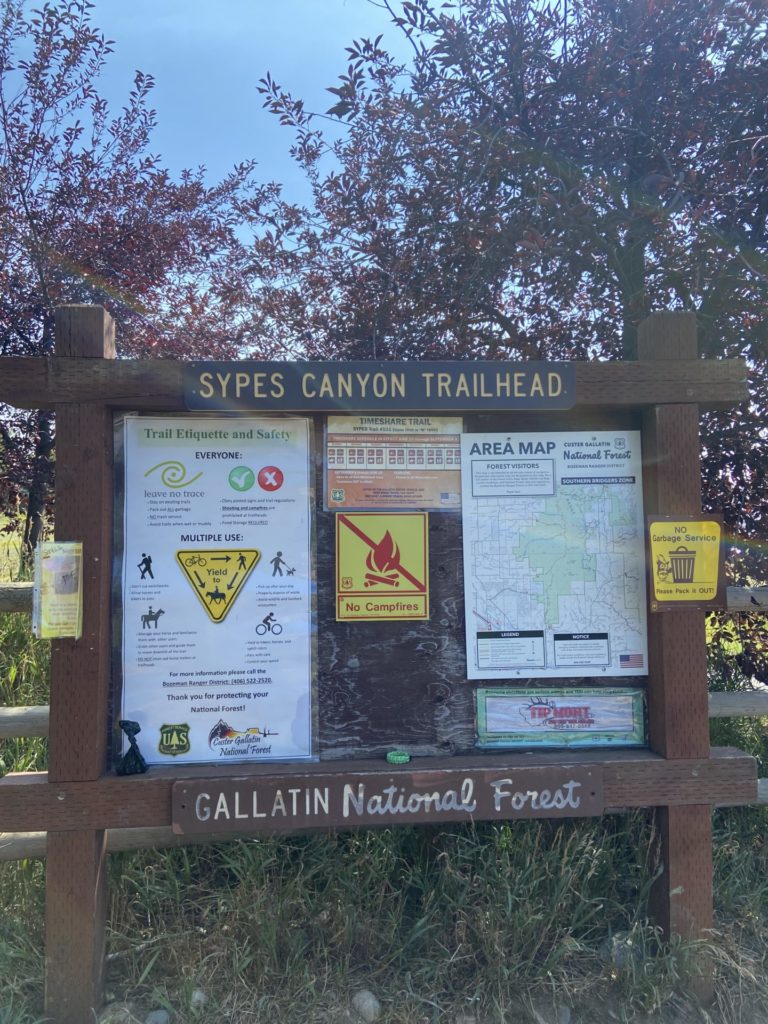
Sypes Canyon is a 4-mile round-trip trail to the first lookout or a 6.2-mile out-and-back loop if you want to go up to the Foothills Trail. Located about 15 minutes from downtown Bozeman, Sypes Canyon is a great choice if you want expansive views of the Gallatin Valley. It’s also a great option if you want to continue on, as you can go up to the Foothills Trail or even to Mount Baldy.

Bridger Ridge Trail is a difficult 18.9-mile point-to-point trail that is extremely popular from early June to late September. You can access this day-long hike from Fairy Lake where you will traverse through Sacagawea Peak, Ross Pass, Saddle Peak, Bridger Peak, and other gorgeous points, ending at the M Trail. Gallatin Valley Land Trust recently secured a trail easement on the 0.6-mile section of privately owned land just south of Mount Baldy to ensure the trail stays in public hands forever – Knoff Group was a proud sponsor of this endeavor.
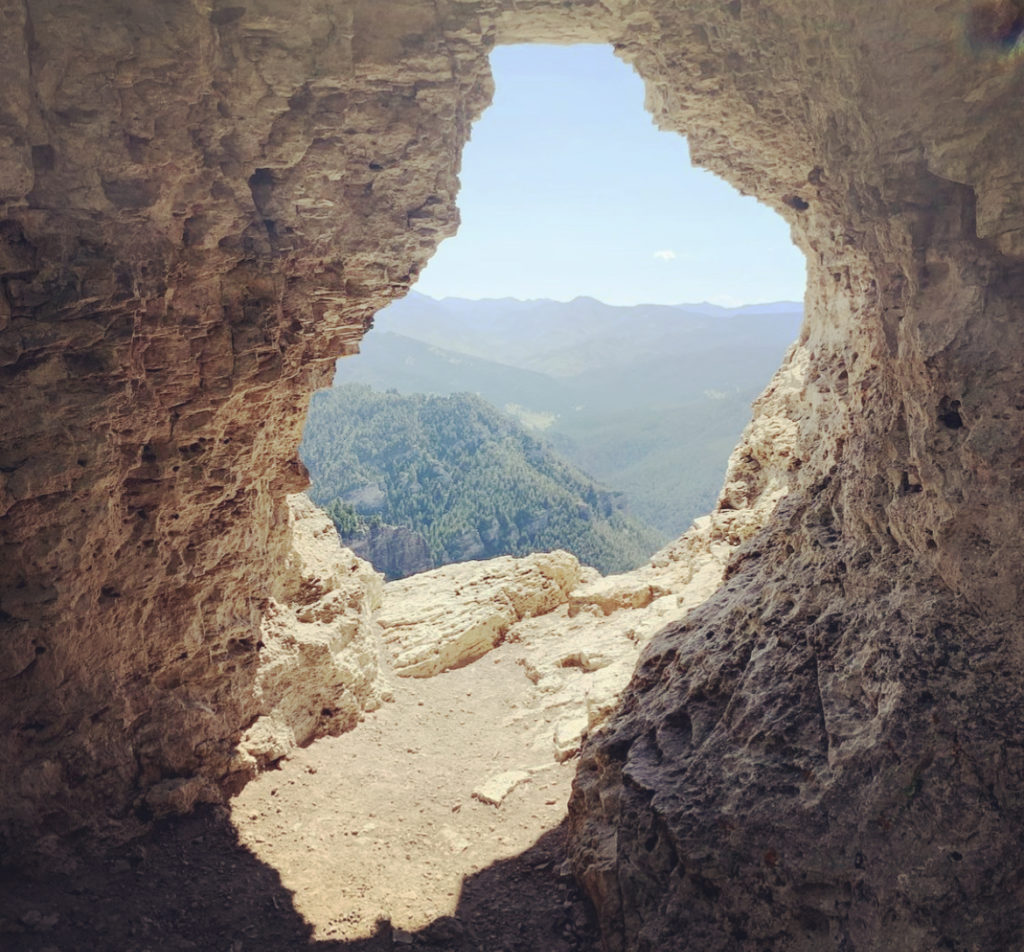
Storm Castle Peak Trail is a 5-mile round-trip hike up the east wall of Gallatin Canyon. Located south of Four Corners on the way to Big Sky, it’s a popular trail for gorgeous 360-degree mountain views. Be warned that the gate to the trailhead is locked until mid-spring, so it’s best to venture up their once early-summer hits.
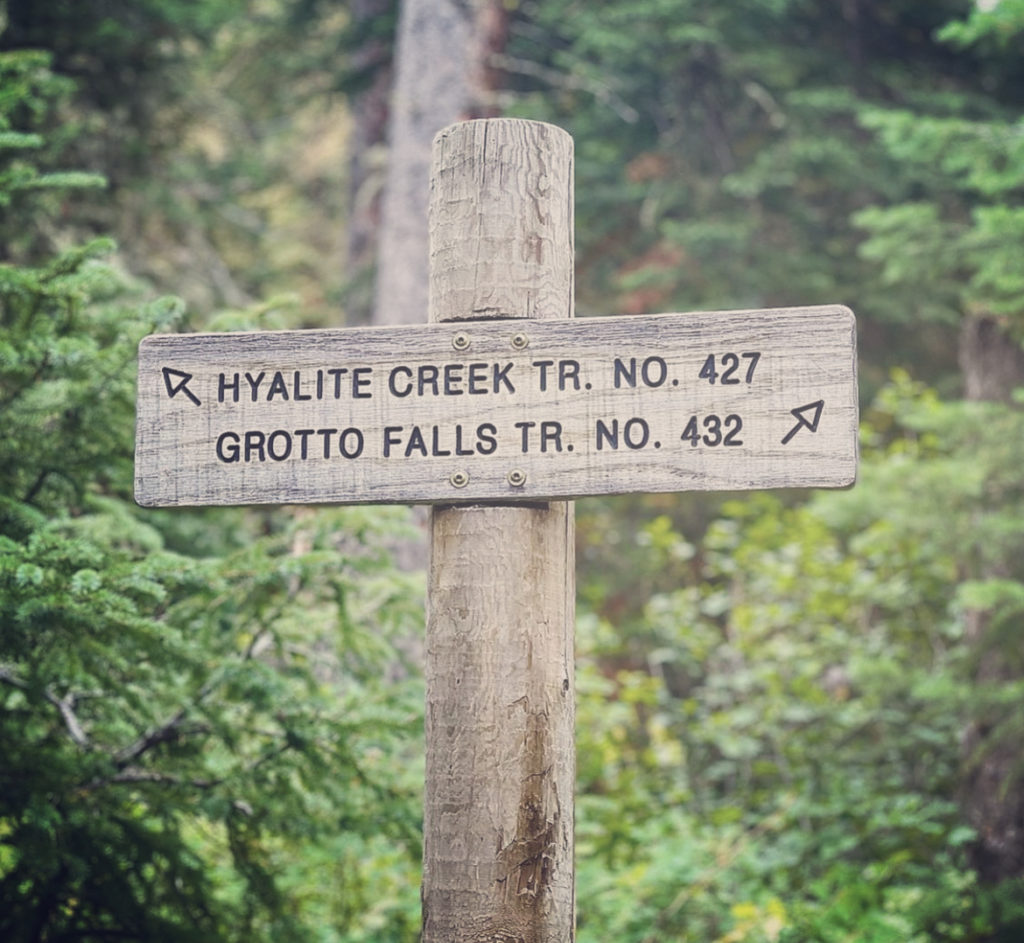
Grotto Falls Trail is located in Hyalite Canyon, making it a pretty accessible hike close to town. It’s a 2.4-mile out-and-back trail that leads you up to a stunning waterfall with lots of volume, considering Hyalite Creek overflows into it. Hyalite Canyon is closed until mid-May every year for trail preservation, so this trail is best from late May until October.
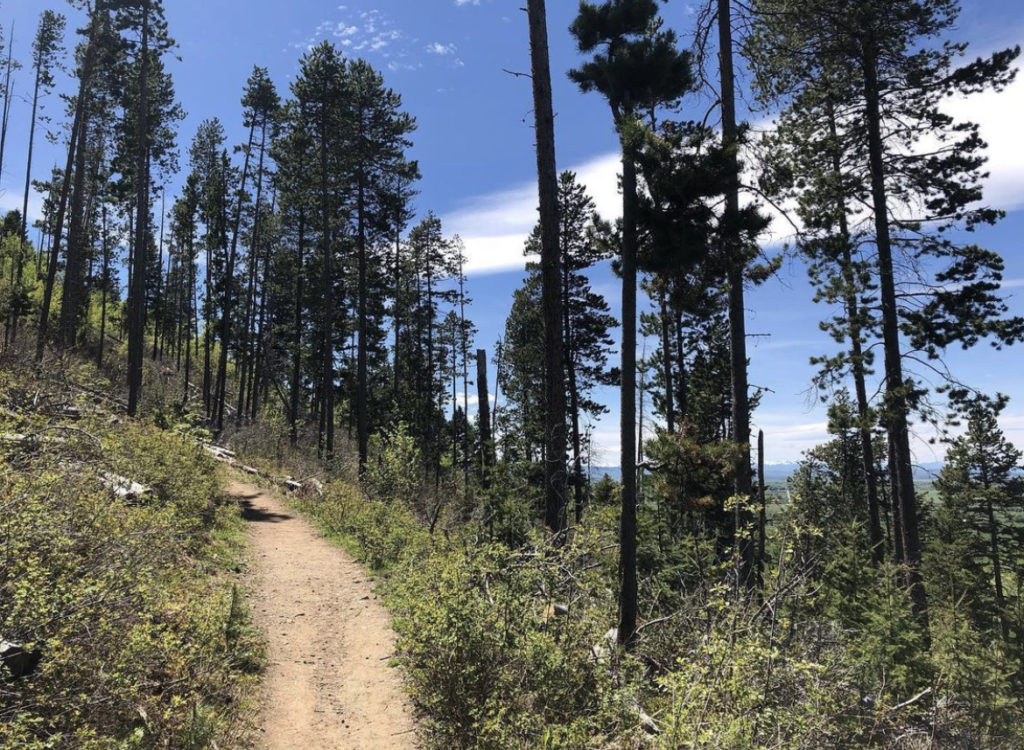
Triple Tree Trail is a great option if you’re looking for a fairly quick hike close to downtown Bozeman. It’s a 5.4-mile out-and-back trail that crosses Limestone Creek and takes you up onto state land, offering gorgeous Gallatin Valley views. Triple Tree is best to do in early to mid-summer or fall, considering the trail is only partially shaded.
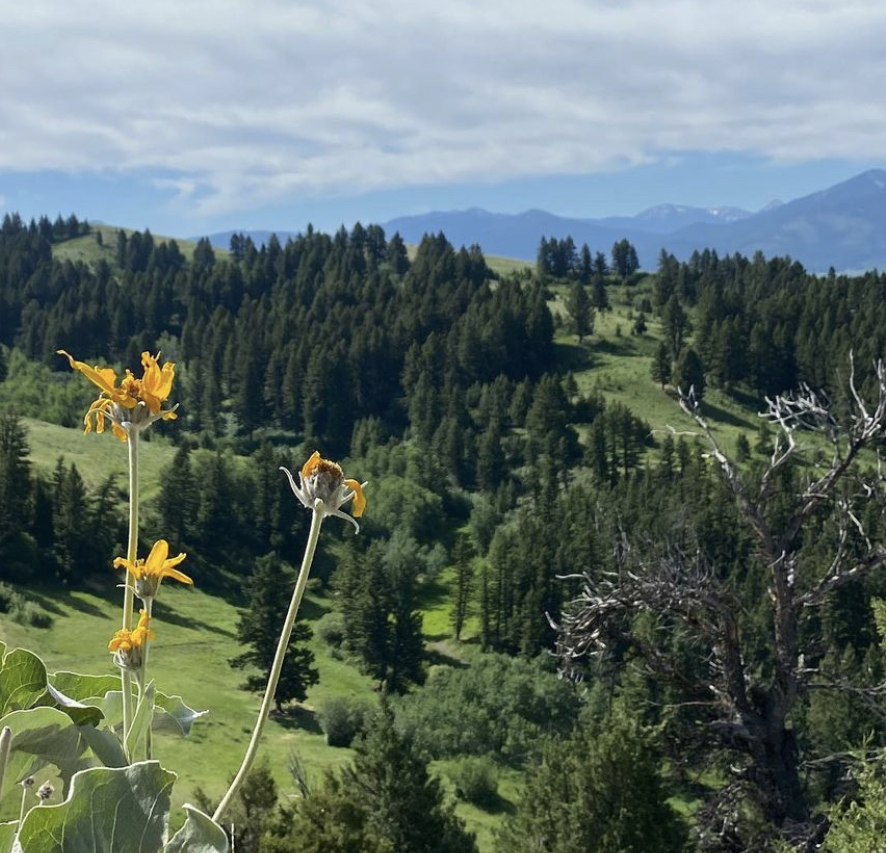
Drinking Horse Mountain Trail is a 2.1-mile loop located at the base of Bridger Canyon, across the street from the popular College M Trail. As you wind your way through the open meadows and gorgeous alpine forests, keep your eyes peeled for native wildflowers – they’re a popular sighting on this trail. At the top of Drinking Horse, you’ll be able to see stunning views of both Bozeman and the Bridger mountains.
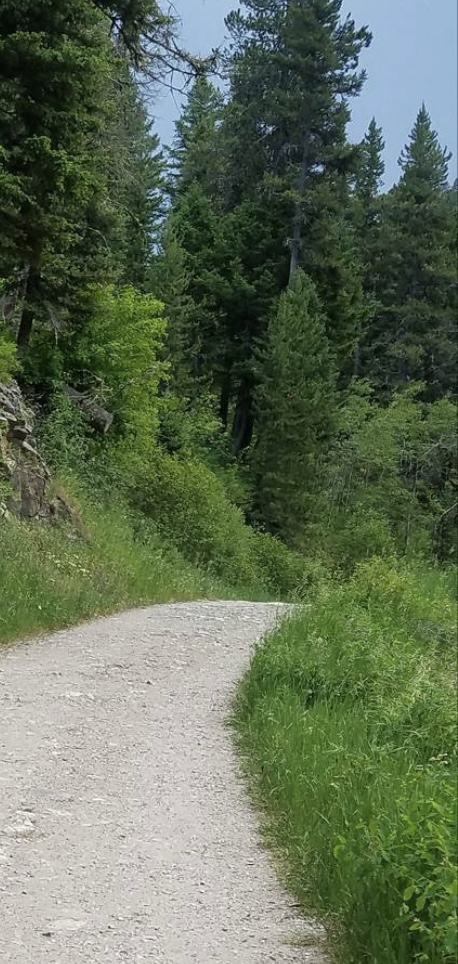
Bozeman Creek Trail (also known as Sourdough Canyon) is located about 10 minutes south of downtown Bozeman. It can range in length anywhere from 2-19 miles – depending on where you want your turn-around point to be. No matter your stopping point, this trail takes you on an old logging road that runs parallel to Bozeman Creek – making it a very scenic hike. However, be respectful as Bozeman Creek is the source of 40% of Bozeman’s drinking water.

